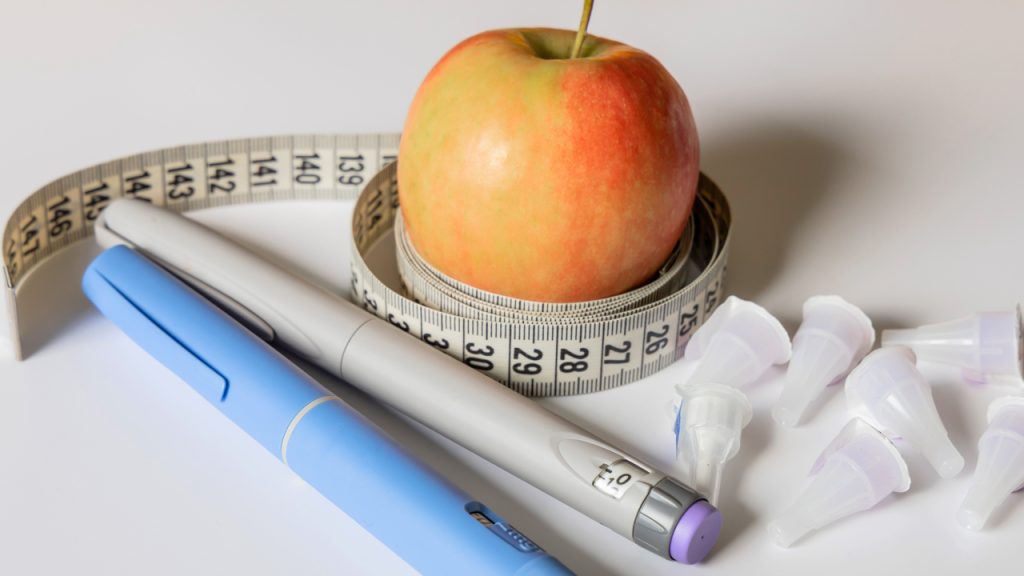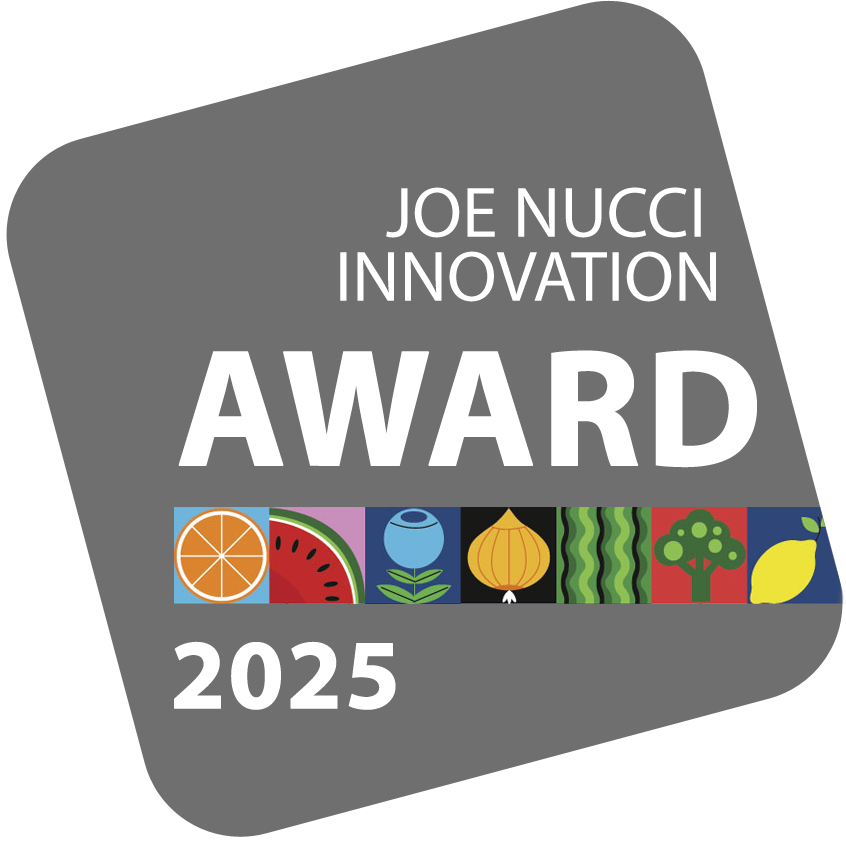No-Hunger Games: How Medication Adoption is Changing Consumer Food Demand
June 4, 2025 | 3 min to read
The adoption of GLP-1 medications, like Ozempic and Wegovy, is transforming consumer food demand in the U.S., with a notable 6% decline in grocery spending among users. This shift favors healthier food choices, as purchases of ultra-processed foods drop significantly, while fresh produce remains stable. Younger, higher-income weight-loss users exhibit different consumption patterns compared to diabetes-focused users. These trends present challenges for certain food manufacturers but opportunities for the produce industry.

The widespread adoption of GLP-1 (glucagon-like peptide-1) receptor agonist medications, such as Ozempic and Wegovy, is reshaping consumer food demand in ways that are likely to have significant implications for the food industry.
In our study, co-authored with Júra Liaukonytė (at Cornell) and Leo Feler (at Numerator), we analyze transaction data from a nationally representative household panel linked to survey responses on medication adoption provided by Numerator. The findings reveal a substantial decline in total grocery spending and spending on food away from home following GLP-1 adoption, shedding light on how these medications influence consumer purchasing behavior.
As of July 2024, an estimated 8.3% of the U.S. population had adopted GLP-1 medications, with nearly half using them primarily for weight loss, rather than diabetes management. Weight-loss adopters tend to be younger and come from higher-income households, compared to those using the medications for diabetes, suggesting potential meaningful differences in their food consumption patterns.
One of our key findings is that households with a GLP-1 user reduce total grocery spending by approximately 6% within six months of adoption. This effect is even larger among higher-income households, where spending declines by 8.6%. These reductions are primarily driven by decreased purchases of ultra-processed foods, including a significant 11% decline in snack foods and sweets.
Despite widespread declines in food spending, fresh produce purchases remain largely unaffected, with some evidence of an increase among weight-loss users. This pattern suggests that, while GLP-1 medications suppress appetite, they do not lead to across-the-board reductions in food spending, but rather a shift in dietary composition, favoring healthier options.
The produce industry is well-positioned to benefit from the changing consumption patterns associated with GLP-1 adoption.
For the produce industry, this stability offers reassurance that demand for fresh fruits and vegetables is resilient, even amid broader reductions in food expenditures.
Beyond grocery store purchases, food-away-from-home expenditures decline significantly, with an 8.6% reduction in spending at fast-food chains, coffee shops and limited-service restaurants.
Lower-income households experience the sharpest cutbacks in dining out, reducing their spending at these establishments by 14%. This shift indicates that GLP-1 users are not only purchasing fewer high-calorie processed foods at grocery stores, but are also making fewer food purchases outside the home.
An important aspect of the study is its examination of whether these dietary changes persist over time. While the magnitude of grocery spending reductions attenuates after six months, it remains negative and statistically significant.
Among weight-loss users, spending returns to pre-adoption levels within a year, whereas diabetes users exhibit sustained reductions. Notably, for households that discontinue GLP-1 use, grocery spending rebounds, suggesting that the observed reductions in food purchases are directly linked to medication use, rather than long-term behavioral changes.
From a business perspective, these findings underscore the need for food producers and retailers to adapt to evolving consumer preferences.
The declining demand for high-calorie processed foods poses challenges for manufacturers in those categories, but presents opportunities for companies that focus on fresh, nutrient-dense products. Given that fresh produce spending remains stable, even as other food categories see declines, the produce industry is well-positioned to benefit from the changing consumption patterns associated with GLP-1 adoption.
Looking ahead, future research could explore how the food industry can further engage with this growing consumer segment. Potential avenues include tailored marketing efforts, educational campaigns on the benefits of fresh produce, and innovative product offerings that align with the dietary patterns of GLP-1 users.
Given the stability of produce demand in the face of overall grocery spending declines, there is a strong case for continued investment in strategies that highlight the value of fresh fruits and vegetables in a health-conscious diet.

The full study can be found at https://papers.ssrn.com/sol3/papers.cfm?abstract_id=507392.
Sylvia Hristakeva is an assistant professor at Cornell SC Johnson College of Business. Hristakeva’s research fields include quantitative marketing and empirical industrial organization.
5 of 18 article in Produce Business April 2025

